Welcome to Kibale National Park, a lush tropical rainforest in western Uganda that stands as one of Africa’s most remarkable wildlife destinations. Spanning 795 square kilometers and situated between 1,100-1,600 meters in elevation, this biodiverse paradise is home to the highest concentration of primates in East Africa, including our closest relatives – chimpanzees. Whether you’re an avid wildlife enthusiast, a passionate birder, or simply seeking an unforgettable adventure in the heart of Africa, Kibale offers an immersive experience into nature’s most spectacular wonders.
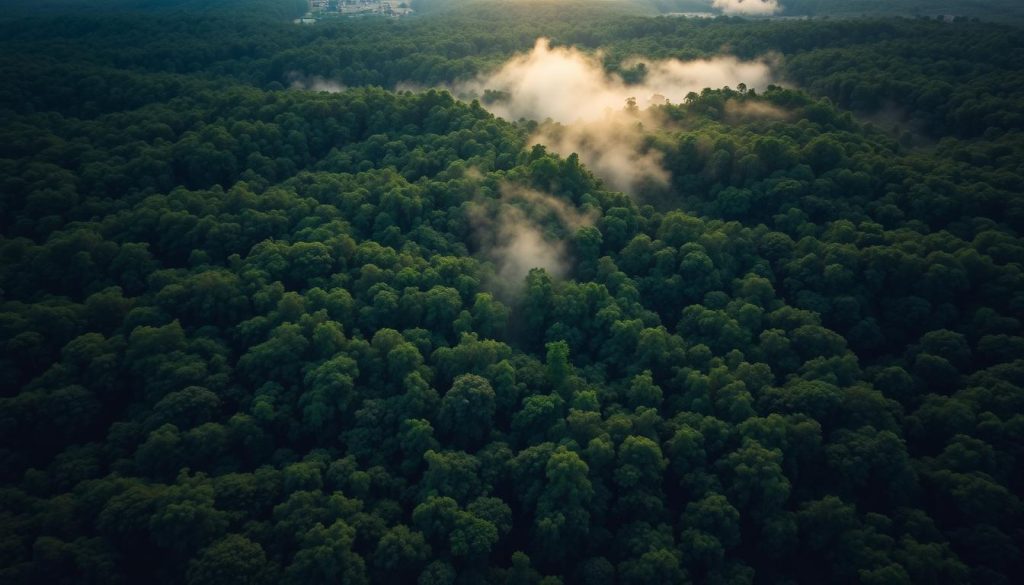
Extraordinary Biodiversity of Kibale National Park
Kibale National Park boasts an astonishing array of wildlife within its boundaries. The park’s varied altitude supports different types of habitat, ranging from wet tropical forest on the Fort Portal plateau to woodland and savannah on the rift valley floor. This diversity creates perfect conditions for an exceptional range of species to thrive.
Primates: The Stars of Kibale
Kibale is renowned as a primate haven, hosting 13 different species that represent the highest primate density in Africa. The park’s most famous residents are the approximately 1,500 chimpanzees that share about 98% of their DNA with humans. These intelligent, social creatures move through the forest canopy with remarkable agility and communicate through a complex system of calls that echo through the forest.
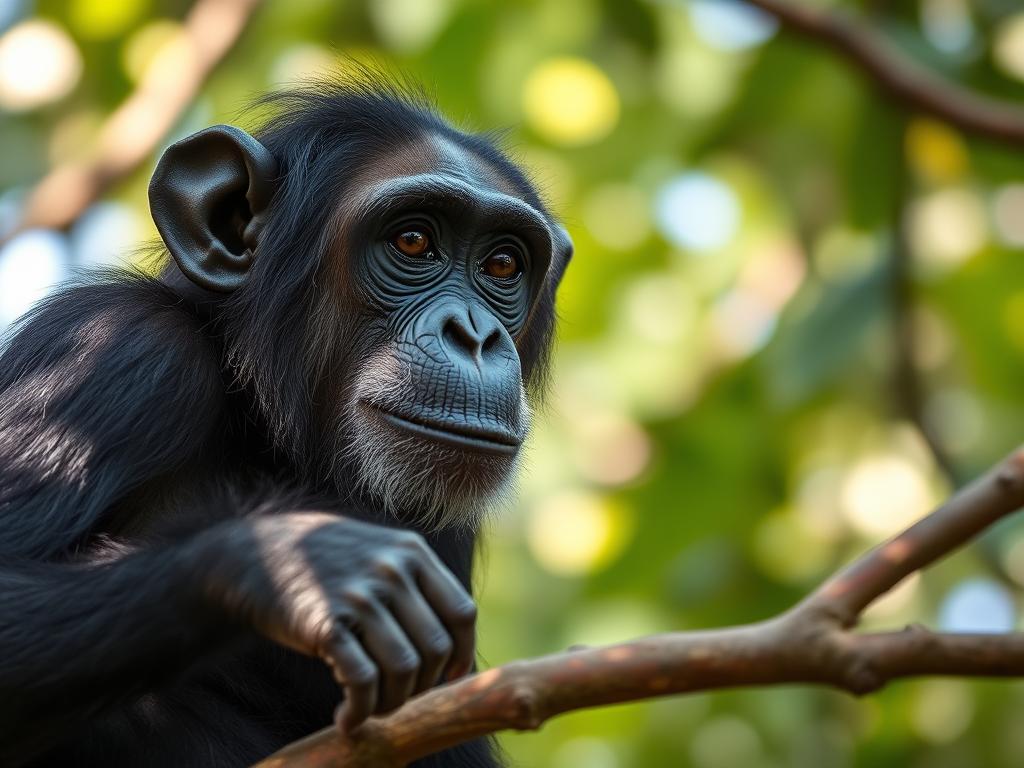
Beyond chimpanzees, visitors can encounter an impressive variety of other primates including the endangered red colobus monkeys, black and white colobus monkeys with their distinctive long white tails, the playful red-tailed monkeys, olive baboons, blue monkeys, grey-cheeked mangabeys, and the elusive L’Hoest’s monkeys. Nocturnal primates like pottos and bushbabies can be spotted during night walks.
Bird Paradise
With approximately 375 bird species recorded, Kibale National Park is a birder’s paradise. The forest is home to several Albertine Rift endemics and forest specialists that are difficult to find elsewhere. Notable species include the Great Blue Turaco with its striking blue and green plumage, African Pitta, Green-breasted Pitta, Black Bee-eater, Yellow-spotted Nicator, and the majestic Crowned Eagle.

Flora and Other Wildlife
The park contains over 351 tree species, some rising to heights of 55 meters and estimated to be over 200 years old. This diverse vegetation supports numerous other wildlife including forest elephants, buffaloes, leopards, bush pigs, giant forest hogs, and various duiker species. The forest floor is home to 250 butterfly species that add splashes of color to the green canvas of the forest.
Top Activities in Kibale National Park
Chimpanzee Tracking Experience
The highlight of any visit to Kibale National Park is undoubtedly the chimpanzee tracking experience. This activity gives you the rare opportunity to observe our closest relatives in their natural habitat. Tracking begins at Kanyanchu Visitor Center with morning (8:00 AM) and afternoon (2:00 PM) sessions available.
![]()
Permit Information: Chimpanzee tracking permits cost $200 for foreign non-residents, $150 for foreign residents, and UGX 150,000 for East African citizens. These permits must be booked well in advance through the Uganda Wildlife Authority or a reputable tour operator as only 36 permits are issued for each session.
What to Expect: The tracking experience typically lasts 2-3 hours, including one hour of observation time once the chimpanzees are located. Success rates for sightings are impressively high at around 95%. Visitors must maintain a distance of at least 10 meters from the chimpanzees for safety and conservation reasons.
Chimpanzee Habituation Experience
For those seeking a more immersive experience, the Chimpanzee Habituation Experience (CHEX) allows visitors to spend a full day with researchers as they follow chimpanzees that are being habituated to human presence. This unique opportunity provides deeper insights into chimpanzee behavior and research methods.
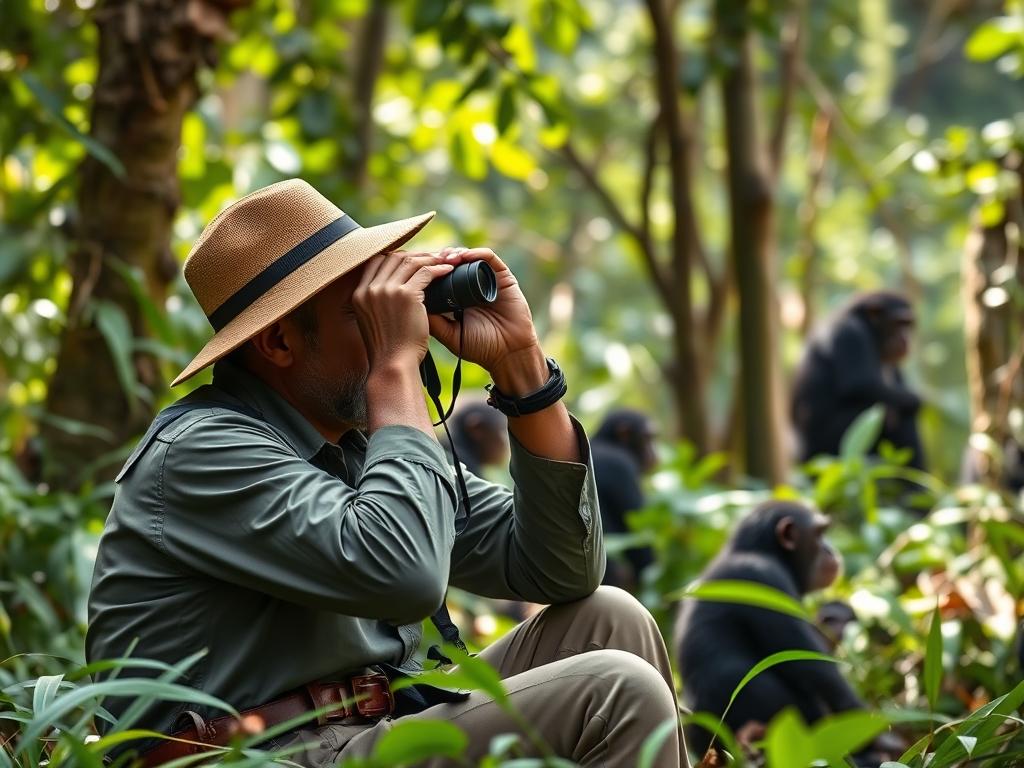
Guided Nature Walks and Forest Hikes
Kibale offers excellent guided nature walks that allow visitors to explore the forest’s biodiversity at a leisurely pace. The 12km forest trail takes 5-6 hours to complete and traverses various habitats including riverine forest, swamp, grassland, and tropical rainforest. These walks provide opportunities to spot other primates, birds, and plant species with the guidance of knowledgeable park rangers.
Night Walks
For a completely different perspective of the forest, night walks reveal Kibale’s nocturnal residents. Using powerful torches, guides help visitors spot bushbabies, pottos, nightjars, and occasionally civets or serval cats. The forest takes on a magical quality after dark, with the sounds of nocturnal creatures creating an enchanting atmosphere.
Bigodi Wetland Sanctuary
Located just outside the park’s boundaries, the Bigodi Wetland Sanctuary offers excellent birding and primate watching opportunities. This community-run project is a shining example of eco-tourism benefiting local conservation efforts. The swamp walk takes 2-3 hours and can yield sightings of up to 138 bird species and several primate species.
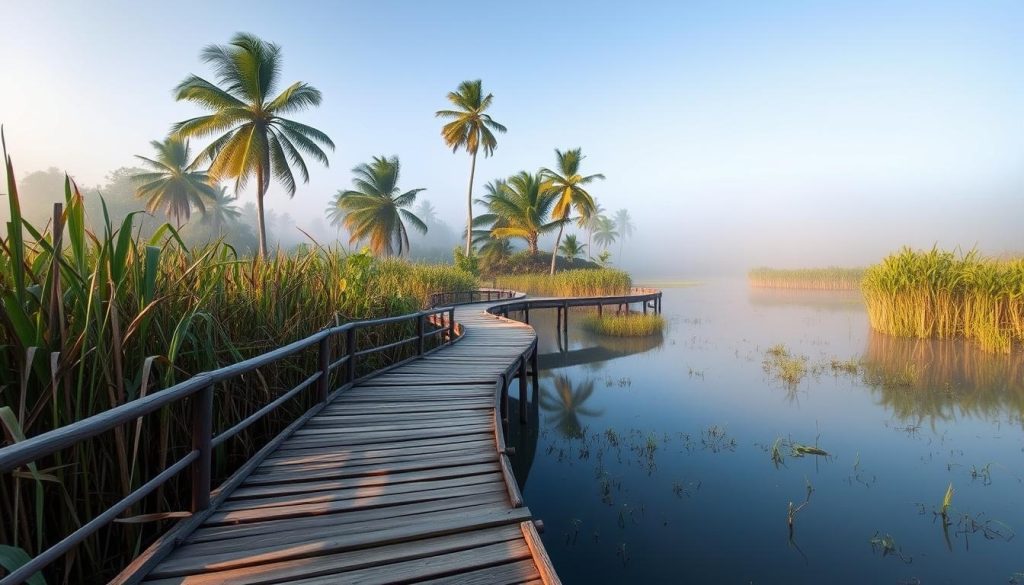
Crater Lakes Tour
The area surrounding Kibale National Park features over 50 crater lakes formed by volcanic activity. A tour of these scenic lakes offers breathtaking views and opportunities for hiking, swimming, and bird watching. The Kasenda crater field is particularly impressive, with steep volcanic slopes enclosing pristine blue lakes.
Conservation Efforts in Kibale National Park
Kibale National Park represents one of Uganda’s most successful conservation stories, though challenges remain. The park was initially gazetted as a forest reserve in the 1940s before being upgraded to national park status in 1993. This elevated protection has been crucial for preserving its exceptional biodiversity.
Habitat Protection Programs
The Uganda Wildlife Authority implements strict protection measures to prevent illegal activities such as logging and poaching within the park boundaries. Ranger patrols monitor the forest regularly, and research programs track the health of key species populations, particularly the chimpanzees. Conservation efforts also focus on maintaining forest corridors that connect Kibale to Queen Elizabeth National Park, allowing wildlife to move freely between protected areas.
Community-Based Tourism
One of the most effective conservation strategies has been the development of community-based tourism initiatives that provide economic benefits to local residents. The Kibale Association for Rural and Environmental Development (KAFRED) manages the Bigodi Wetland Sanctuary and directs tourism revenue toward community projects including schools, clean water sources, and healthcare facilities.
These initiatives create incentives for local communities to protect rather than exploit forest resources. Visitors can support these efforts by participating in community tours, purchasing locally made crafts, and respecting cultural norms during village visits.
Essential Visitor Tips for Kibale National Park
Best Time to Visit
Kibale National Park is open year-round, but the best time to visit is during the dry seasons from December to February and June to September. These periods offer more comfortable trekking conditions with less muddy trails and lower chances of rainfall interrupting activities. The wet seasons (March to May and October to November) can make forest trails challenging but provide excellent opportunities for bird watching and photography with lush green vegetation.

Accommodation Options
Kibale offers accommodation options to suit every budget and preference, from luxury lodges to mid-range and budget facilities.
Luxury
- Kyaninga Lodge
- Crater Safari Lodge
- Papaya Lake Lodge
- Ndali Lodge
Mid-Range
- Primate Lodge Kibale
- Kibale Forest Camp
- Turaco Treetops
- Isunga Lodge
Budget
- Chimpanzee Forest Guesthouse
- Rweteera Safari Park
- Crater Valley Kibale Resort
- Lake Nkuruba Nature Reserve
Health and Safety Precautions
When visiting Kibale National Park, several health and safety considerations should be kept in mind:
- Malaria prevention: Take appropriate antimalarial medication and use insect repellent containing DEET.
- Yellow fever vaccination: Required for entry into Uganda.
- Drinking water: Bring purified water or water purification tablets.
- Sun protection: Use sunscreen, wear a hat, and bring sunglasses.
- Appropriate clothing: Long-sleeved shirts and pants to protect against insects and scratches from vegetation.
- Hiking boots: Sturdy, waterproof footwear is essential for forest trails.
- First aid kit: Include basic medications, antiseptics, and bandages.
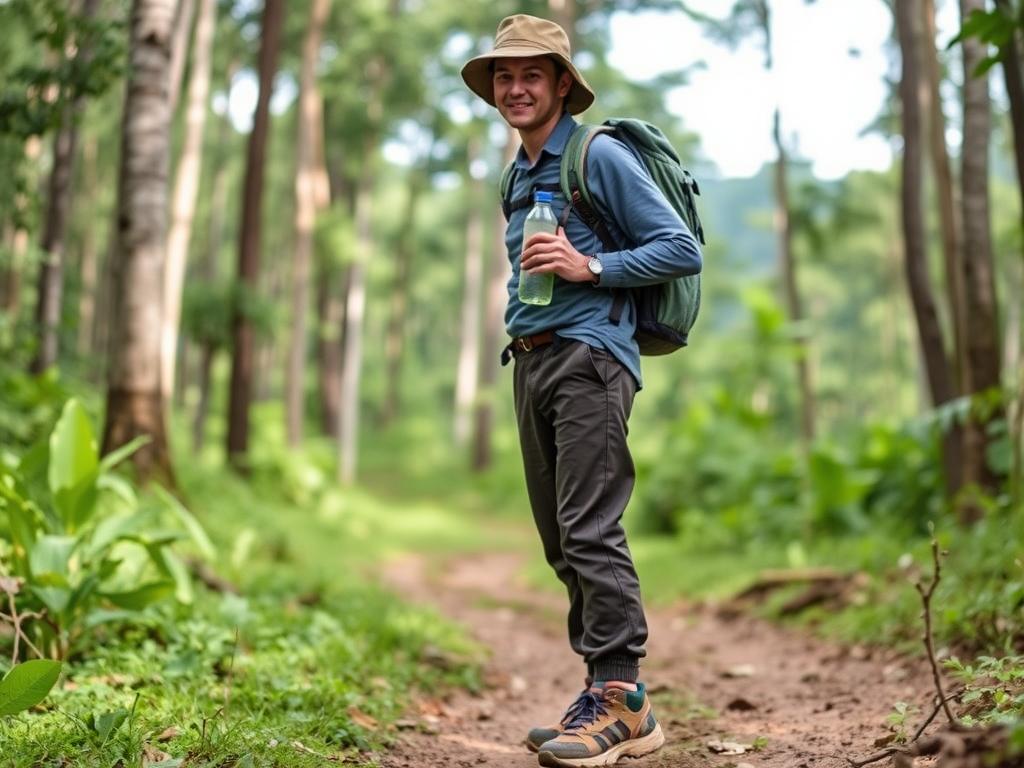
Getting There
Kibale National Park is located in western Uganda, approximately 348km from Kampala. The most common route is via Fort Portal town, which is about 26km from the park’s Kanyanchu Visitor Center. The journey from Kampala takes about 5-6 hours by road. Alternatively, domestic flights operate to Kasese, followed by a 2-3 hour drive to the park. Most tour operators include transportation as part of their packages.
Cultural Context of Kibale National Park
Kibale National Park is situated in the land of the Batooro people, who have a rich cultural heritage centered around the Toro Kingdom. The Batooro take great pride in their cultural traditions, which are deeply connected to the natural environment surrounding them.
The Toro Kingdom, with its palace located in nearby Fort Portal town, represents one of Uganda’s traditional monarchies that were restored in the 1990s after being abolished in the 1960s. The current king, Omukama Oyo Nyimba Kabamba Iguru Rukidi IV, is a symbol of cultural identity and continuity for the Batooro people.

Visitors can experience Batooro culture through community tours that include visits to traditional homesteads, demonstrations of craft-making, and cultural performances. The Bigodi community, in particular, offers cultural tours that provide insights into local traditions, medicinal plants, and daily life.
The forest itself holds cultural significance for local communities, with certain areas traditionally considered sacred. Local traditional healers still use forest plants for medicinal purposes, drawing on knowledge passed down through generations.
Experience the Magic of Kibale National Park
Kibale National Park offers an unparalleled opportunity to connect with nature and witness some of Africa’s most fascinating wildlife in their natural habitat. From the thrill of tracking chimpanzees through the forest to the serenity of bird watching by crater lakes, the experiences available in this biodiverse paradise create memories that last a lifetime.
As you plan your visit to Uganda, consider the unique combination of wildlife encounters, cultural experiences, and natural beauty that Kibale provides. By participating in responsible tourism activities, you’ll not only enjoy an extraordinary adventure but also contribute to the conservation of this precious ecosystem and support local communities.
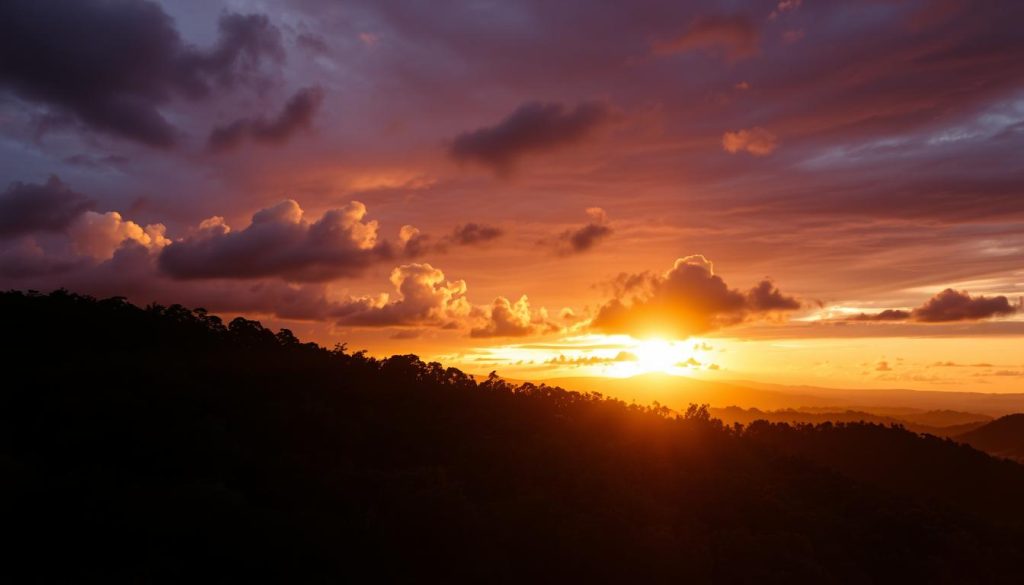
Whether you’re a wildlife enthusiast, a photography buff, or simply someone seeking connection with the natural world, Kibale National Park welcomes you to discover its wonders and experience the heart of wild Uganda.
Ready to Experience Kibale’s Wildlife Wonders?
Book your chimpanzee tracking adventure today. Limited permits available!
5-Day Gorilla & Chimpanzee Safari
Experience Uganda’s primates with this comprehensive package including chimpanzee tracking in Kibale and gorilla trekking in Bwindi.
3-Day Chimpanzee Tracking Safari
Perfect short trip focused on Kibale National Park’s chimpanzees with accommodation and transportation included.
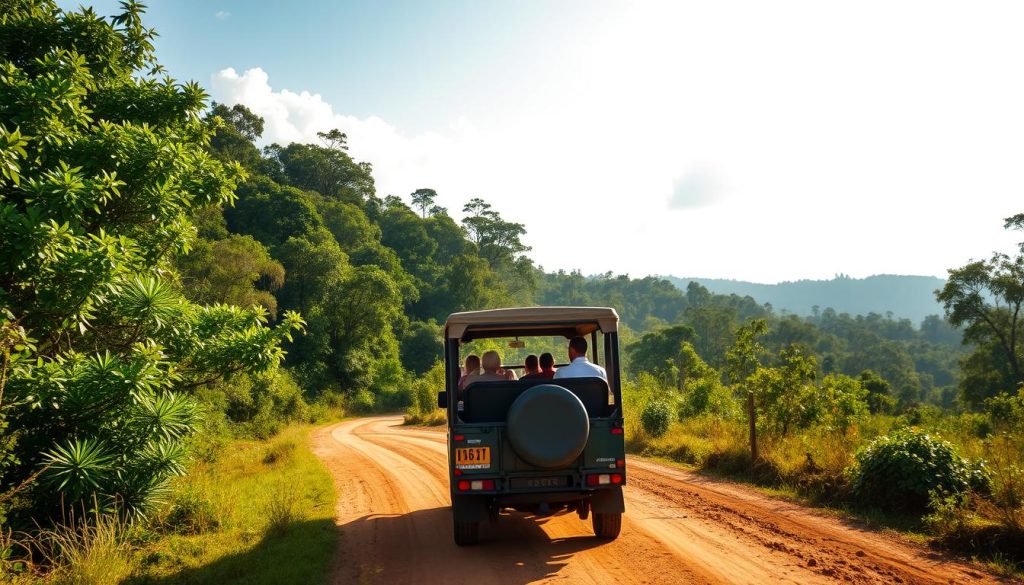
Experience Uganda’s Natural and Cultural Wonders
Let our expert guides show you the best of Kibale National Park and surrounding attractions.
Frequently Asked Questions About Kibale National Park
How do I obtain a chimpanzee tracking permit for Kibale National Park?
Chimpanzee tracking permits can be obtained through the Uganda Wildlife Authority (UWA) or through a reputable tour operator. It’s recommended to book several months in advance, especially during peak season, as permits are limited to 36 per session. The current permit fee is $200 for foreign non-residents, $150 for foreign residents, and UGX 150,000 for East African citizens.
Is there an age restriction for chimpanzee tracking in Kibale?
Yes, the minimum age for chimpanzee tracking in Kibale National Park is 12 years. This restriction is in place for safety reasons and because younger children may have difficulty maintaining the required quiet behavior and walking pace during tracking.
What are the photography rules during chimpanzee tracking?
Photography is permitted during chimpanzee tracking, but flash photography is strictly prohibited as it can disturb the chimpanzees. Visitors should also maintain the minimum distance of 10 meters from the chimpanzees at all times, which means telephoto lenses are recommended for close-up shots. Video recording is allowed, but again without flash or artificial lighting.
How physically demanding is the chimpanzee tracking experience?
Chimpanzee tracking in Kibale requires a moderate level of fitness. The terrain can be uneven, sometimes steep, and potentially muddy, especially during rainy seasons. Tracking sessions typically involve 2-3 hours of walking, though this varies depending on the location of the chimpanzees. Visitors with mobility issues should consult with tour operators about the feasibility of participation.
What should I pack for a visit to Kibale National Park?
Essential items include: waterproof hiking boots, long pants and long-sleeved shirts (preferably in neutral colors), rain jacket or poncho, hat, sunscreen, insect repellent, water bottle, small backpack, camera with zoom lens (no flash), and binoculars. During rainy seasons, gaiters and gardening gloves can be useful for protection against mud and vegetation.

